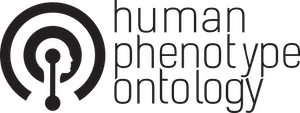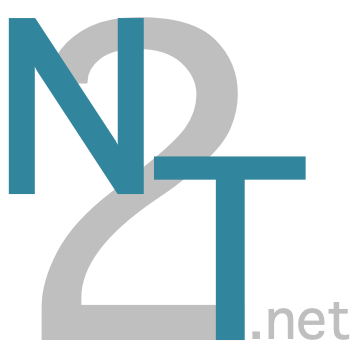 The Human Phenotype Ontology (HPO) aims to provide a standardized vocabulary of phenotypic abnormalities encountered in human disease. Each term in the HPO describes a phenotypic abnormality, such as atrial septal defect. The HPO is currently being developed using the medical literature, Orphanet, DECIPHER, and OMIM.
The Human Phenotype Ontology (HPO) aims to provide a standardized vocabulary of phenotypic abnormalities encountered in human disease. Each term in the HPO describes a phenotypic abnormality, such as atrial septal defect. The HPO is currently being developed using the medical literature, Orphanet, DECIPHER, and OMIM.
- Prefix
hp- Preferred Prefix
HP- Alternative Prefixes
- hpo
- Keywords
- biomedical science disease phenotype disorder fair data spaces genetics life sciences, biology medicine obo omics ontology pathology phenomics preclinical studies
- Version
- 2025-11-24
- License
- hpo
- Links
- Homepage Repository OBO OWL OBO JSON @hpo@masto.ai
- Publications
- 2025 A resource for whole-body gene expression map of human tissues based on integration of single cell and bulk transcriptomics
- 2024 The Human Phenotype Ontology in 2024: phenotypes around the world
- 2019 Expansion of the Human Phenotype Ontology (HPO) knowledge base and resources
- 2016 The Human Phenotype Ontology in 2017
- 2015 The Human Phenotype Ontology: Semantic Unification of Common and Rare Disease
- 2013 The Human Phenotype Ontology project: linking molecular biology and disease through phenotype data
- 2010 The human phenotype ontology
- 2008 The Human Phenotype Ontology: a tool for annotating and analyzing human hereditary disease
Identifier Standards
- Pattern for Local Unique Identifiers
-
Local identifiers in Human Phenotype Ontology should match this regular expression:
^\d{7}$ - Example Local Unique Identifier
- 0011140 Resolve
- Pattern for CURIES
-
Compact URIs (CURIEs) constructed from Human Phenotype Ontology should match this regular expression:
^HP:\d{7}$ - Example CURIE
- HP:0011140
- Pattern for RDF URIs
- http://purl.obolibrary.org/obo/HP_$1
- Example RDF URI
- http://purl.obolibrary.org/obo/HP_0011140
- MIRIAM Namespace Embedded in LUI
-
The legacy MIRIAM standard for generating CURIEs with this resource
annotates the
namespaceEmbeddedInLUIas true. This means that you may see local unique identifiers that include a redundant prefix and delimiter (also known as a banana) and therefore look like a CURIE. For , the banana looks likeHP:. Therefore, you may see local unique identifiers for this resource that look likeHP:0011140(instead of the canonical form0011140) and CURIEs for this resource that look likeHP:HP:0011140(instead of the canonical formHP:0011140). The Bioregistry will automatically strip off the banana when standardizing local unique identifiers and CURIEs.
Contacts
Ontology
A summary of the relations in the Bioregistry schema can be found here.
-
Appears In (3) (
bioregistry.schema:0000018) - CHIRO MAXO SCDO
- In Collection
- ASKEM Epidemiology Prefixes
Metaregistry Human Phenotype Ontology
The metaregistry provides mappings between the Bioregistry and other registries. There are 15 mappings to external registries for this resource with 8 unique external prefixes.
| Registry Name | Registry Metaprefix | External Prefix | Curate |
|---|---|---|---|
AberOWL

|
aberowl |
HPO
|
|
BARTOC

|
bartoc |
1937
|
|
| BioContext | biocontext |
HPO
|
|
BioPortal

|
bioportal |
HPO
|
|
FAIRSharing

|
fairsharing |
FAIRsharing.kbtt7f
|
|
HL7

|
hl7 |
2.16.840.1.113883.6.339
|
|
Integbio

|
integbio |
nbdc02559
|
|
Identifiers.org

|
miriam |
hp
|
|
N2T

|
n2t |
hp
|
|
OBO Foundry

|
obofoundry |
hp
|
|
OLS

|
ols |
hp
|
|
OntoBee

|
ontobee |
HP
|
|
|
TIB-TS
|
tib |
hp
|
|
|
Wikidata
|
wikidata |
P3841
|
|
|
Wikidata (E)
|
wikidata.entity |
Q17027854
|
Providers
A provider turns a local unique identifiers from a resource into a URI. Many providers are also resolvable as URLs (i.e., they can be used in a web browser).
The local unique identifier 0011140 is used to demonstrate the providers
available for Human Phenotype Ontology. Some providers may use a different example, which is displayed in the table below.
A guide for curating additional providers can be found
here.